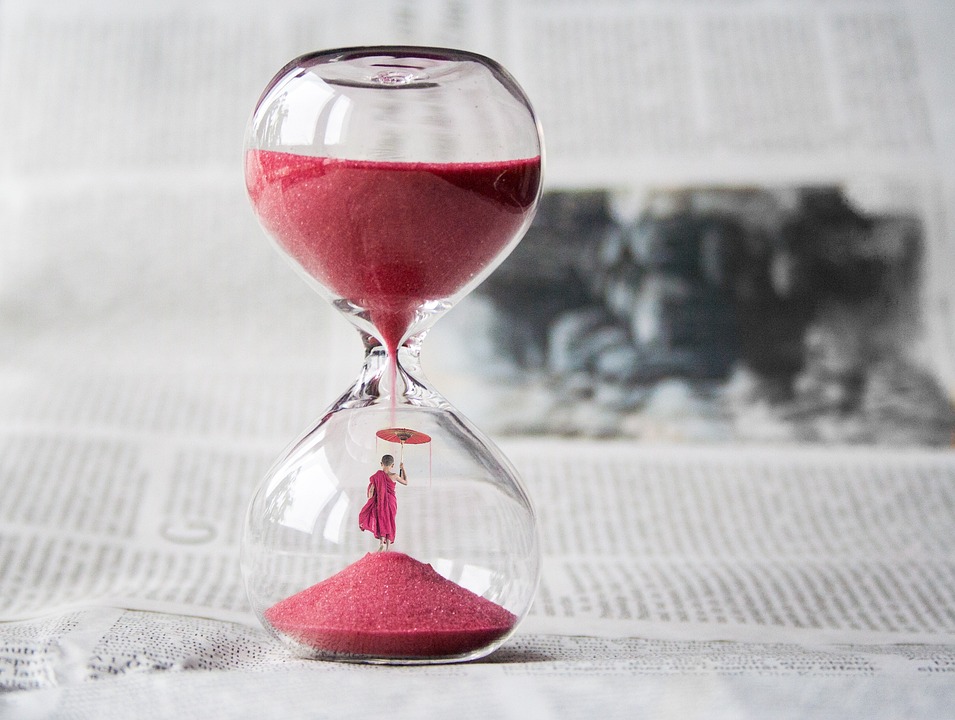The Hidden Influences of Folklore on Contemporary Culture: A Journey Through the Oral Tradition
From mythical creatures to legendary tales, folklore has been an integral part of human storytelling for centuries. Yet, despite its deep roots, folklore often operates in the shadows of mainstream culture, exerting subtle yet significant influences on the narratives, themes, and aesthetics that shape our contemporary world. In this article, we’ll embark on a fascinating journey to explore the hidden influences of folklore on modern culture, revealing the ways in which our oral tradition continues to shape our collective imagination.
Folklore: The Oral Tradition
Folklore refers to the collective memory of a culture, passed down through generations via spoken stories, songs, and dances. This rich tapestry of narratives is characterized by its local flavor, rooted in the specific histories, traditions, and beliefs of a particular community or region. From the ancient Celtic legends to African Anansi tales, folklore serves as a reflection of our shared humanity, a window into the collective unconscious, and a testament to our boundless creativity.
Folklore’s Enduring Legacy
So, how do the stories of old continue to impact contemporary culture? Here are just a few examples of folklore’s lingering influences:
- Fantasy and Science Fiction: Folklore has long been a primary source of inspiration for fantasy and science fiction creators. The creatures, characters, and landscapes from oral traditions have seeped into our collective consciousness, shaping the imaginative worlds we’ve come to expect from popular fiction. From mythical beasts like dragons and unicorns to mythical landscapes like Avalon and Shangri-La, the seeds of folklore continue to germinate in modern fantasy and science fiction.
- Cinematic Imagery: Film and television owe a debt to folklore, which has provided a wealth of source material for adaptation. From werewolf lore to ghost stories, fairy tales, and mythology, folklore’s hauntingly beautiful imagery continues to captivate audiences worldwide.
- Musical Inspiration: Music is a vital aspect of folklore, with oral traditions spawning some of the world’s most beloved genres, including folk, blues, jazz, and rock. From Woody Guthrie’s protest songs to Beyoncé’s ancestral storytelling, the harmonies of folklore continue to reverberate across genres.
- Visual Arts: The visual arts, including painting, sculpture, and installation, are also influenced by folklore’s narrative wealth. From Frida Kahlo’s vibrant depictions of Mexican folk traditions to Keith Haring’s Pop art appropriation of ancient myths, the symbolism and metaphors of folklore have become a staple of contemporary visual art.
A Few Folklore-Infused Pop Culture Icons
- Gamelit: This critically acclaimed indie game draws inspiration from Norse and Japanese mythology, blending action-RPG gameplay with haunting storytelling.
- True Detective: This Emmy-winning television series pays homage to American folk tales, incorporating elements of cosmic horror, the supernatural, and mysticism into its atmospheric narrative.
- Get Out: This Academy Award-winning film owes a debt to African-American folklore, exploring themes of ancestral legacy, racism, and the supernatural.
- Nora Roberts: This bestselling romance author has drawn inspiration from Scottish, Irish, and Welsh folklore, infusing her novels with the magical and the unknown.
FAQs
Q: Why is folklore important in modern culture?
A: Folklore is crucial to our cultural heritage, providing a rich understanding of our shared history, values, and collective psyche.
Q: How does folklore influence modern storytelling?
A: Folklore has a profound impact on contemporary narratives, themes, and characters, from character archetypes to plot twists, symbolizing our shared fears, hopes, and aspirations.
Q: What’s the relationship between folklore and popular culture?
A: Folklore has always influenced popular culture, with adaptations, parodies, and reinterpretations appearing across music, film, television, and literature.
Q: How can I learn more about folklore and its influence on modern culture?
A: Delve into academic texts, online archives, and community forums, attend lectures and workshops, and explore cultural events celebrating oral traditions and their evolution in popular culture.
The Enduring Legacy of Folklore
As we navigate the ever-changing tides of modern culture, it’s clear that folklore remains an indispensable component of our collective imagination. From myth and magic to storytelling and symbolism, the hidden influences of folklore continue to weave a rich tapestry of narrative threads, forever shaping our understanding of the world and our place within it. Join us in embracing the power of oral traditions, as we explore the hidden corners of our collective consciousness and the endless wonders waiting to be discovered within.



